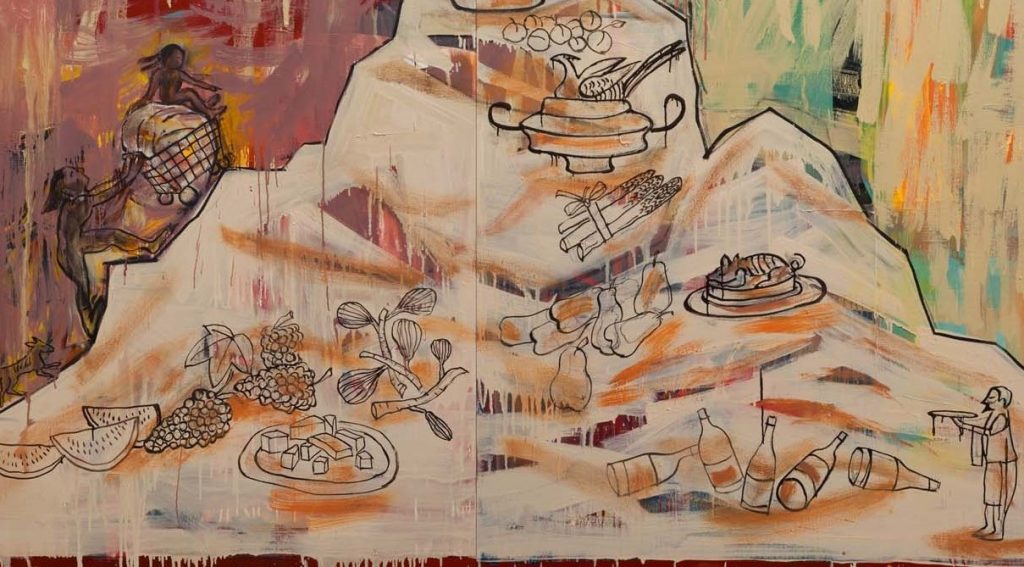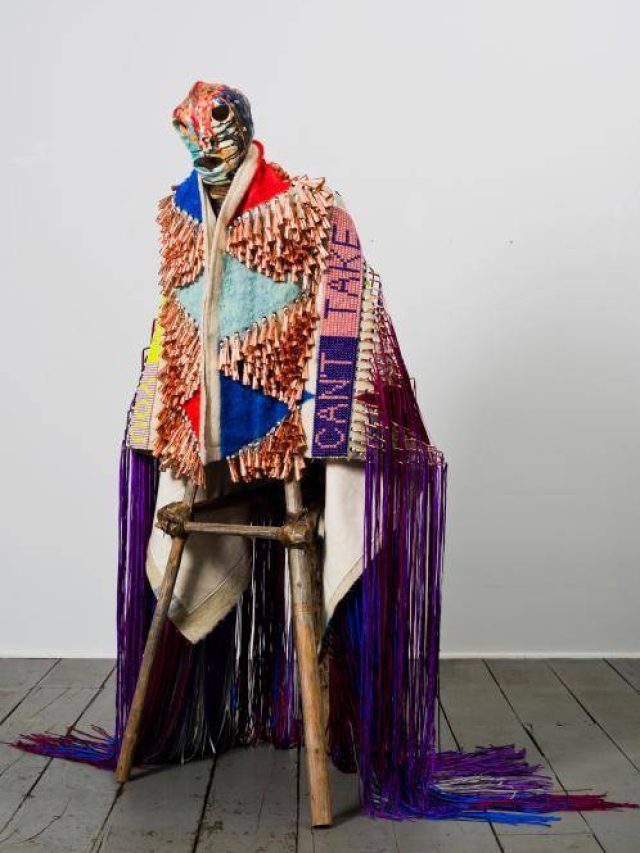Native American artists have significantly contributed to contemporary art, showcasing their endurance, ingenuity, and cultural identity. Their works dispel myths, unite cultures, and offer unique perspectives on history and contemporary culture. The world of Native American art is rich and active, deserving of investigation and celebration, from Fritz Scholder’s colourful canvases to Shan Goshorn’s exquisite basketry.
Examining the lives and creations of some of the most significant Native American artists whose inventiveness has made a lasting impression on the art world, we see that their contributions demonstrate the extraordinary talent found within indigenous communities and stand as evidence of the resilience of cultural narratives in the face of historical adversity. These artists address colonisation, social justice, and environmental concerns while navigating the difficulties of identity using various media, including painting, sculpture, and mixed media.
We invite you to join us as we explore the canvases and works of these trailblazing artists, witnessing the fusion of tradition and innovation and the dialogues that arise from their works. We hope this journey will give you a deeper understanding of the profound impact these artists have had on shaping the narrative of Native American art in the modern world. Explore the meanings, lore, and stories concealed within the paintings, sculptures, and installations that make up the colourful fabric of Native American art.
Jeffrey Gibson
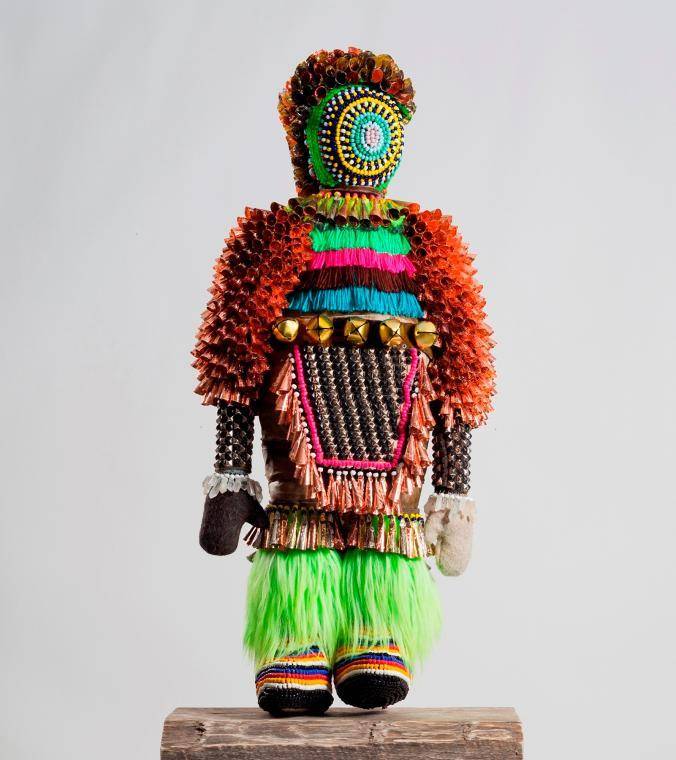
Contemporary American artist Jeffrey Gibson, of Choctaw-Cherokee descent, is well-known for his multidisciplinary approach, which blends traditional Native American materials and techniques with modern artistic methods. Born in Colorado in 1972, Gibson has become renowned for his avant-garde artwork that tackles issues of identity, cultural hybridity, and the nexus between mainstream and Native American art. The vivid aesthetics of club culture, popular culture, and Gibson’s Native American ancestry are just a few of his artwork’s many sources of inspiration. In his work, neon lights and steel are frequently combined with conventional craft supplies like beads, jingles, and rawhide. The visually arresting and provocative pieces from this fusion of materials and techniques subvert preconceived ideas about Native American art.
Jaune Quick-to-see Smith
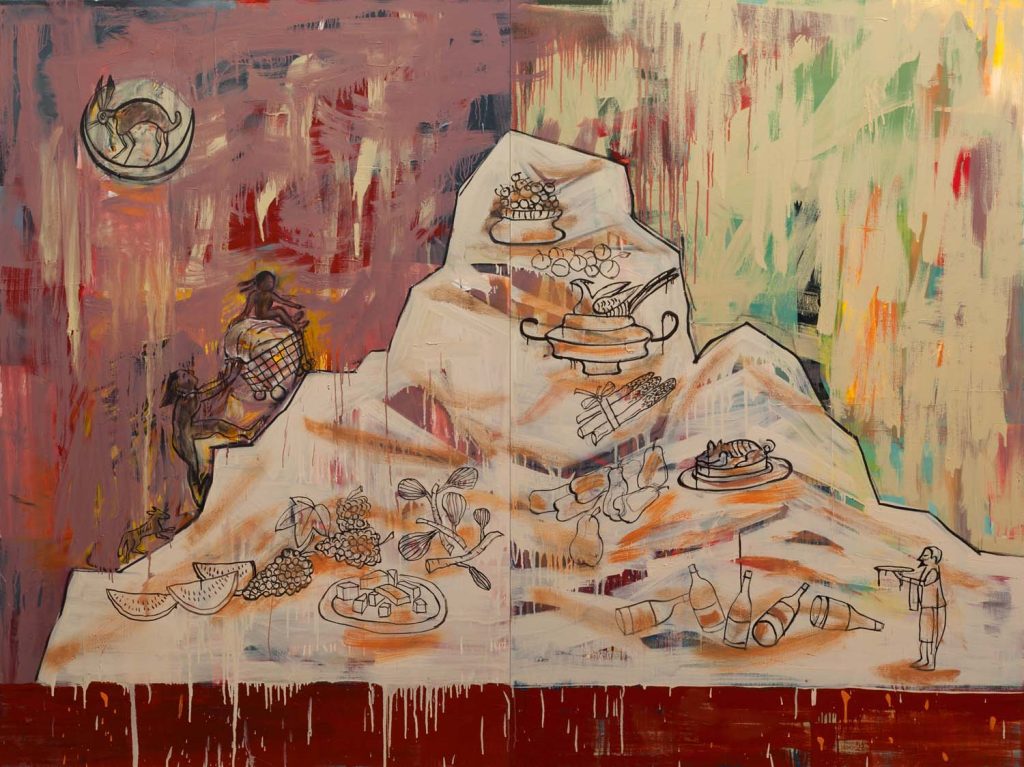
Jaune Is Fast to Notice Smith is a well-known modern Native American artist with significant artistic achievements. She is a Kootenai Nation of the Confederated Salish member, born in 1940. Jaune Is Fast to Notice Smith frequently combines traditional Native American symbolism with contemporary artistic techniques in his artwork, which has a strong voice in addressing social and political themes. A combination of traditional Native American imagery, abstraction, and commentary on current events characterises Smith’s artistic style. She uses a variety of media in her work, such as mixed media, printmaking, and painting. Her distinctive style of using art to tell stories is seen in her vivid colours, strong lines, and complex compositions.
Wendy Red Star
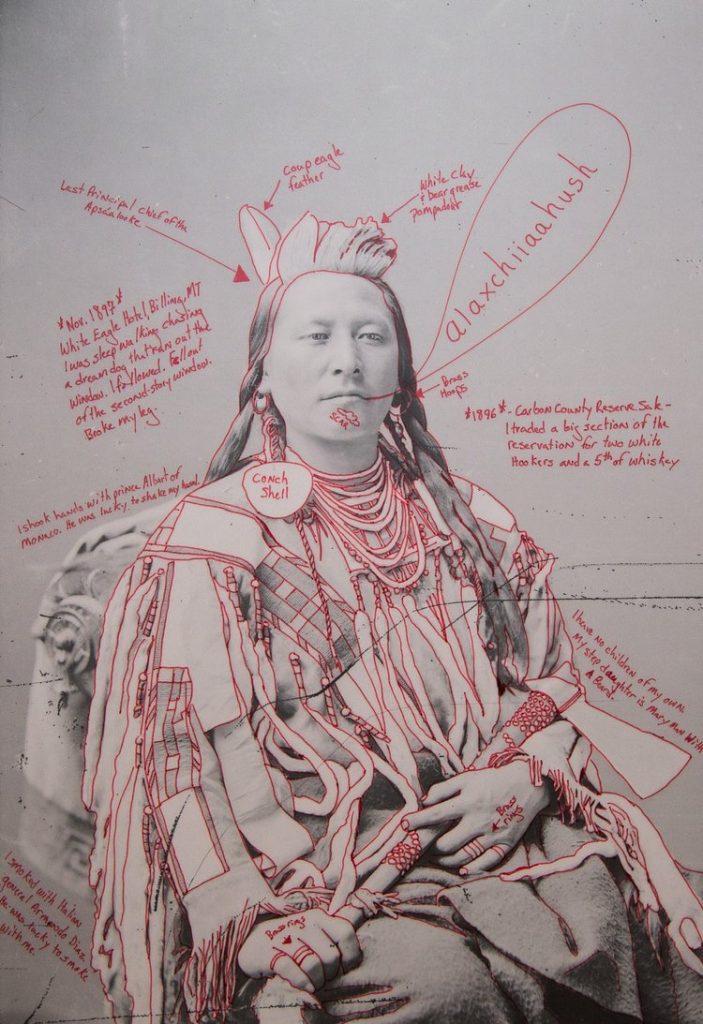
Contemporary Native American artist Wendy Red Star is well-known for her multimedia pieces that tackle themes of indigenous representation, cultural identity, and Native American history. Red Star, a member of the Apsáalooke (Crow) Tribe, was born in Billings, Montana, in 1981. Her cultural background strongly influences her art. To express her ideas, Wendy Red Star uses a variety of media, such as performance, installation, sculpture, and photography. Her art incorporates modern and innovative design aspects with traditional Apsáalooke visual features. Red Star’s art is distinguished by a sharp sense of humour, cultural criticism, and a dedication to dispelling preconceptions.
Kay Walkingstick
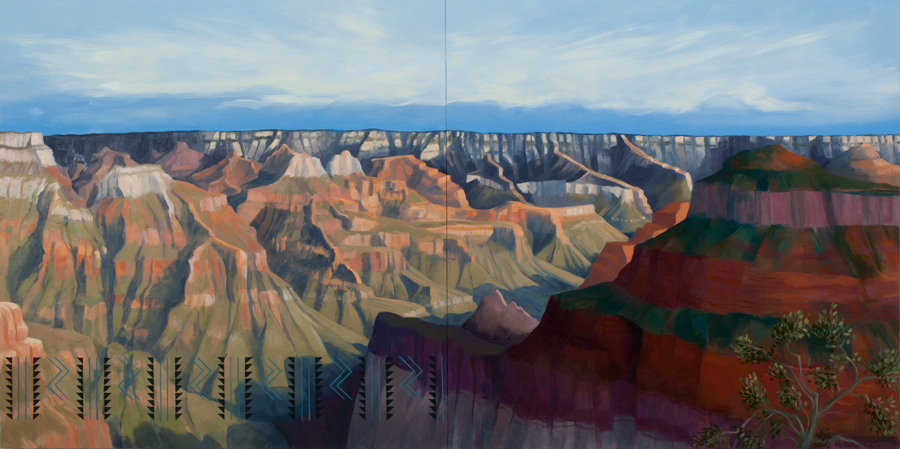
Renowned Native American artist Kay WalkingStick is known for her avant-garde contributions to the art world, especially in landscape painting and modern Native American art. She was born in 1935, belongs to the Cherokee Nation, and has been a critical figure in the movement to get Native American artists recognised by the larger art world. WalkingStick is well known for her distinctive blending of representation and abstraction; she frequently combines landscapes with traditional Native American motifs. Her most well-known works are diptychs and triptychs, in which she blends abstract geometric shapes with lifelike landscape representations to create a visual dialogue between several artistic traditions.
Edmonia Lewis
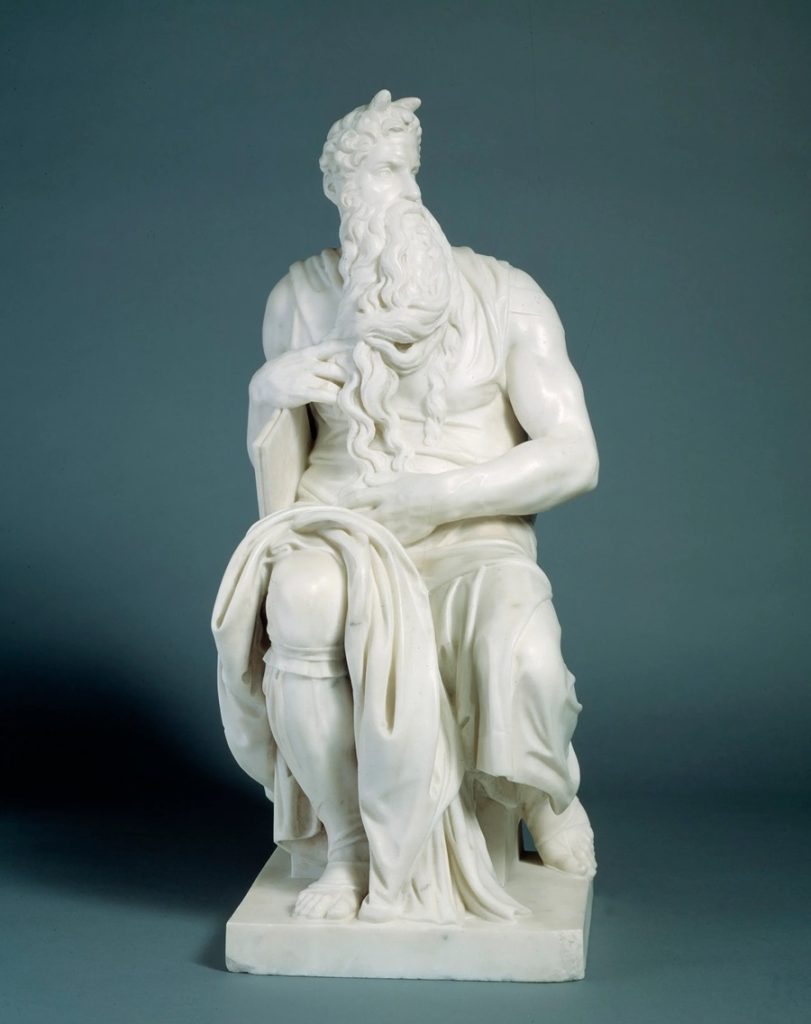
Edmonia Lewis (1844–1907) was a sculptor of African American and Native American descent who rose to prominence in the world of fine arts during the 19th century. She was the first woman of both ancestry to do so. Lewis, born to a free African-American father and a Chippewa (Ojibwe) mother, overcame many obstacles and discrimination to produce unique sculptures honouring her rich cultural background. Neoclassicism, a popular movement in 19th-century art that took inspiration from classical Greek and Roman aesthetics, was evident in Edmonia Lewis’s style. Her sculptures frequently dealt with historical or mythological themes, and her deft use of marble was well-known.
T C Cannon
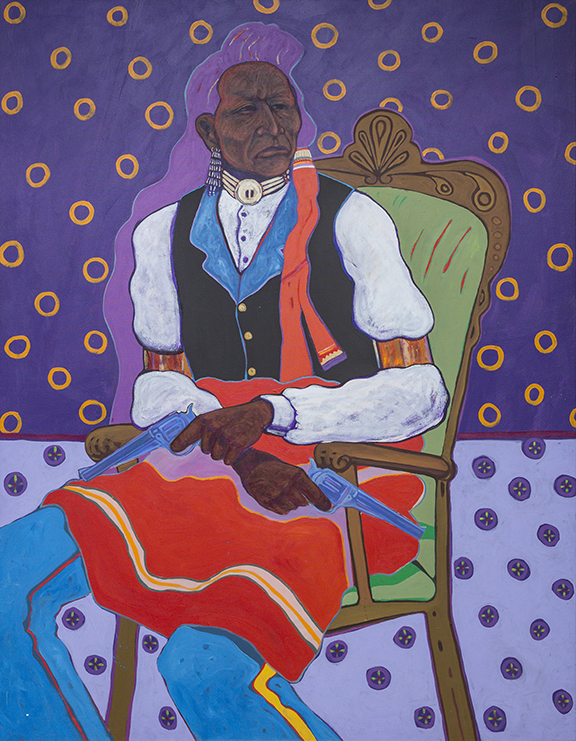
Tommy Wayne Cannon, also known by his full name T.C. Cannon (1946–1978), was a significant Native American poet and artist. His vivid and passionate works blended modern art methods with traditional Native American themes. Cannon, a Kiowa Tribe member, was instrumental in determining the direction of Native American art in the latter half of the 20th century. The vibrant colour schemes, dynamic compositions, and combination of modern and traditional Native American themes define the art of T.C. Cannon. He created various media, such as poetry, printmaking, and painting. His work frequently combined elements of modern art styles like Pop Painting and Abstract Expressionism with traditional iconography, such as ledger art and ledger book drawing.
Shelley Niro
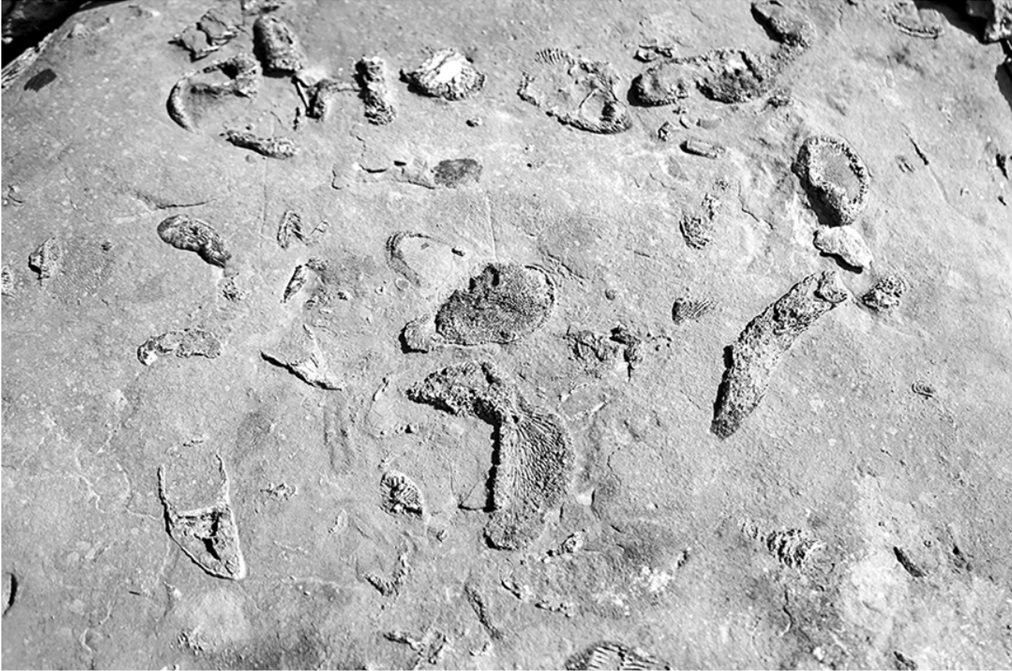
Contemporary Mohawk visual artist, filmmaker, and photographer Shelley Niro is renowned for her avant-garde and provocative works that delve into themes of gender, identity, and indigenous experiences. Niro, whose multidisciplinary approach uses photography, film, and other mediums to address complicated subjects within the framework of her Mohawk background, was born in 1954 in the Six Nations Reserve, Bay of Quinte Mohawk, Turtle Clan. Traditional Mohawk visual motifs, modern technology, and a keen sense of social conscience are all combined in Niro’s work. Her writing frequently dispels myths and presents a novel viewpoint on indigenous identity. Niro is renowned for her ability to tackle serious and important subjects with humour in her artwork.
Marie Watt
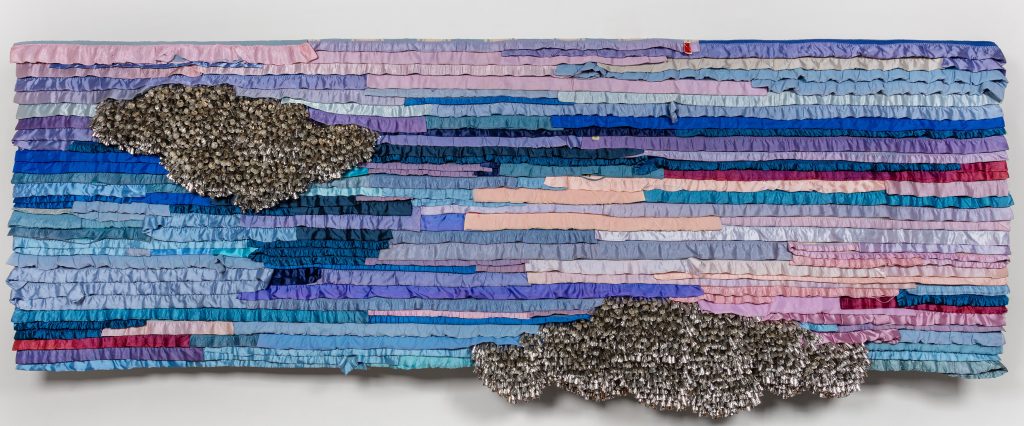
Contemporary Native American artist Marie Watt is renowned for her avant-garde textile-based installations and sculptures that delve into topics of cultural identity, community, and history. Watt was born in 1967 and is a member of Turtle Clan and Seneca ancestry. Her art frequently combines conventional Native American methods and supplies, fostering conversation between modern art and indigenous cultural customs. An intense connection with fabrics and fibre arts characterises Marie Watt’s artistic practice. Her large-scale sculptures and installations, which she creates using wool blankets, cedar, and other materials, are well known. Watt emphasises the communal aspects of art-making by incorporating community engagement and cooperation in many of his works.
Kent Monkman
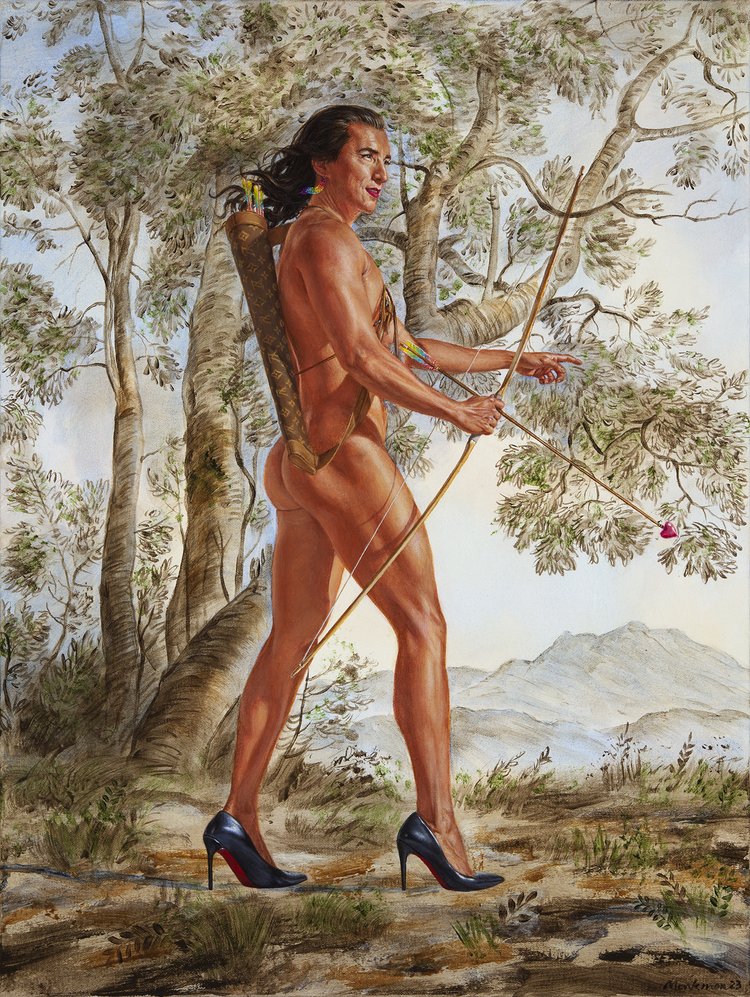
Contemporary Cree artist Kent Monkman from Canada is renowned for his visually arresting and thought-provoking works exploring colonialism, indigenous history, and identity issues. Monkman, born in St. Marys, Ontario, in 1965, is well-known worldwide for his interdisciplinary style, which combines installation art, performance, film, and painting to create compelling stories. Kent Monkman is known for his audacious, dramatic, and frequently sarcastic artwork. He regularly incorporates historical and artistic allusions while fusing conventional methods with a modern viewpoint. In addition to exploring the intersections of sexuality, race, and indigenous identity, his work also examines colonial narratives and challenges stereotypes.
Fritz Scholder
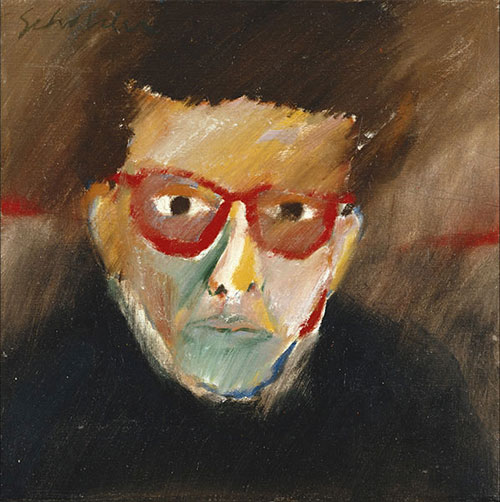
Fritz Scholder, an American artist of German and Luiseno descent who lived from 1937 to 2005, is renowned for his revolutionary contributions to contemporary Native American art. Scholder, born in Breckenridge, Minnesota, was instrumental in dispelling myths and broadening the definition of indigenous art in the middle of the 20th century. The art of Fritz Scholder is distinguished by its audacious and frequently aggressive approach. He was a painter, printer, and sculptor who combined pop art and abstract expressionism. Scholder challenged traditional depictions of Native Americans in art by using frequently distorted and controversial images in his works.
Shan Goshorn
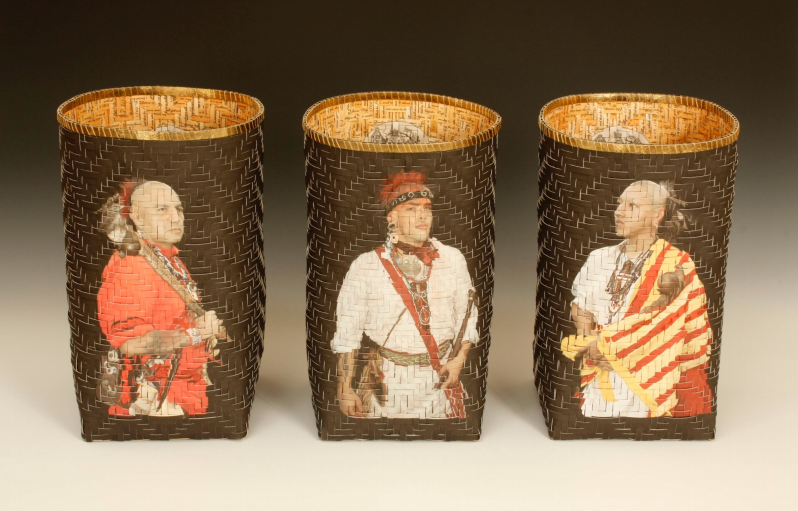
Cherokee artist Shan Goshorn (1957–2018) was well-known for her mixed-media pieces that tackled social and political challenges that Native Americans faced, as well as her contemporary basketry. Goshorn, an Eastern Band of Cherokee Indians, was born and reared in Tulsa, Oklahoma. She was a major force in expanding the possibilities of traditional Cherokee basketry and effectively advocating for it via her art. Shan Goshorn’s creative approach was defined by her inventive application of age-old Cherokee basket-weaving methods to produce visually arresting and intellectually stimulating artworks. Her works frequently combined old and modern elements by incorporating archival prints and paper splints.

